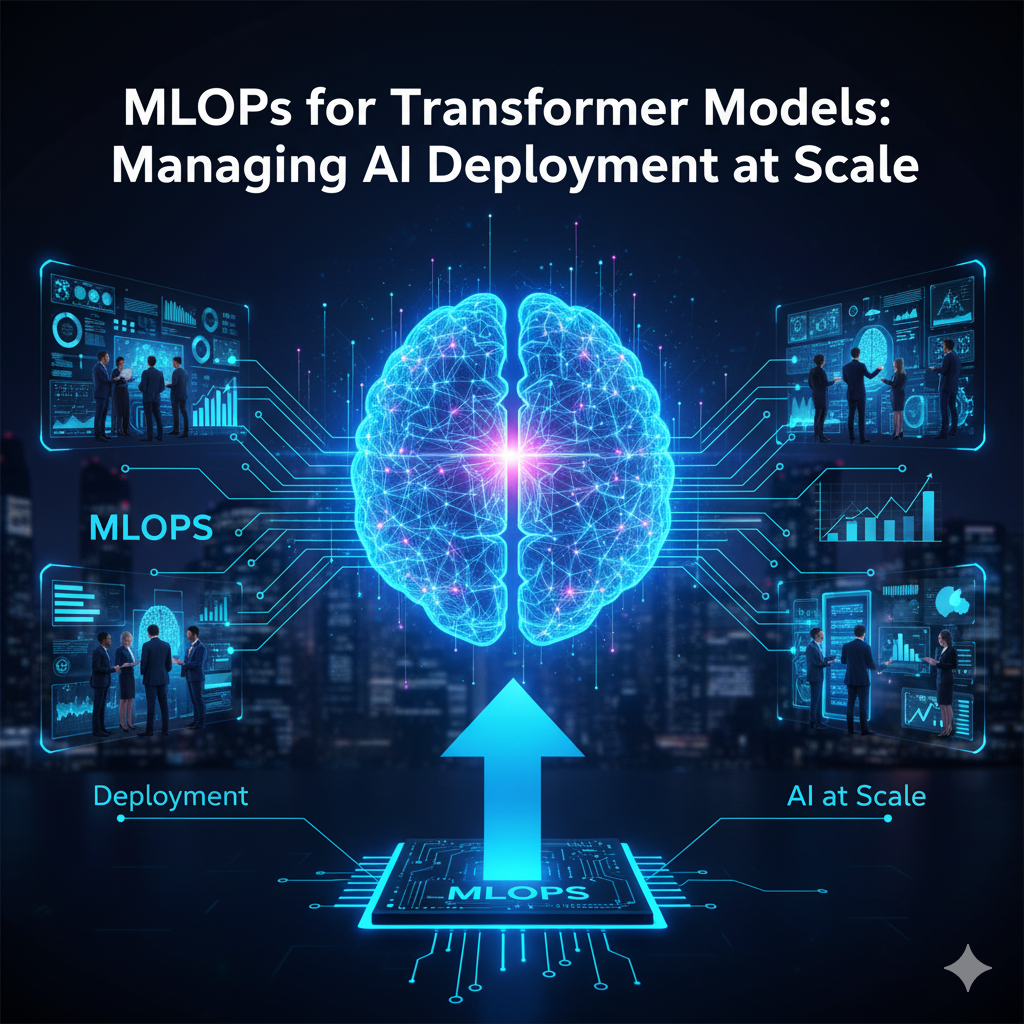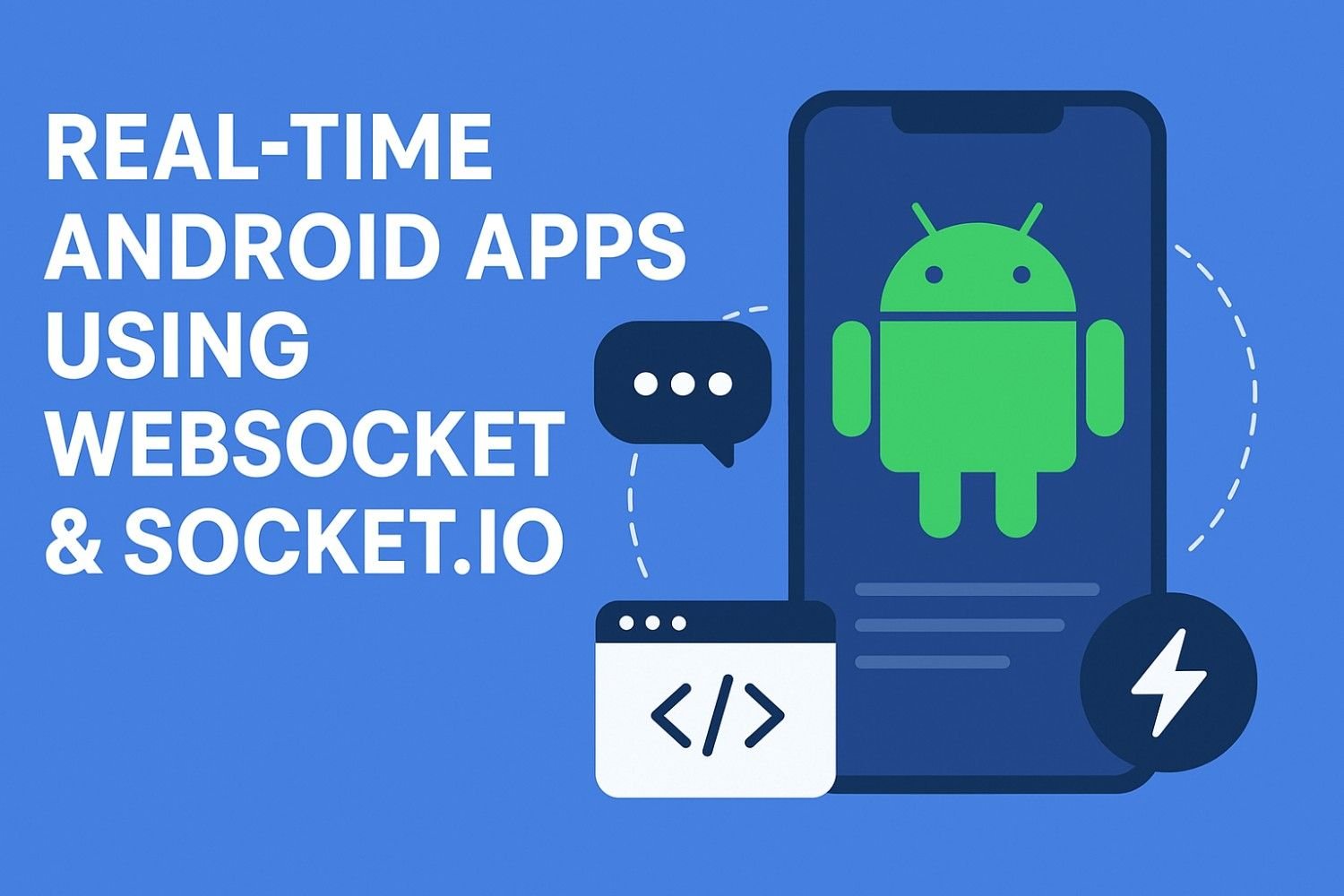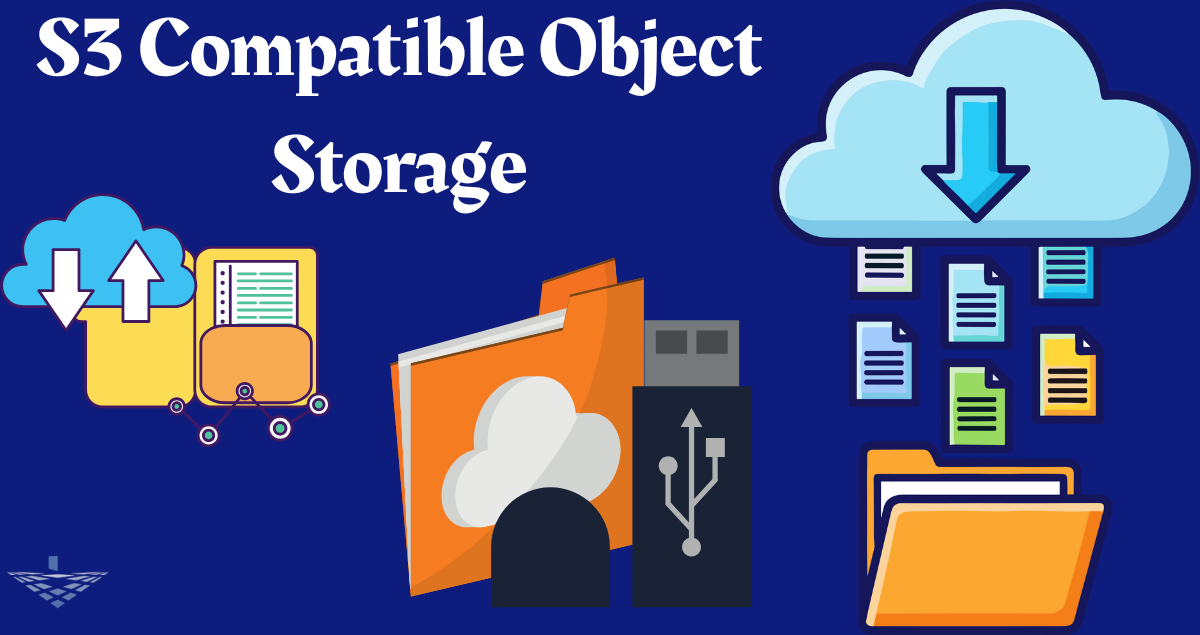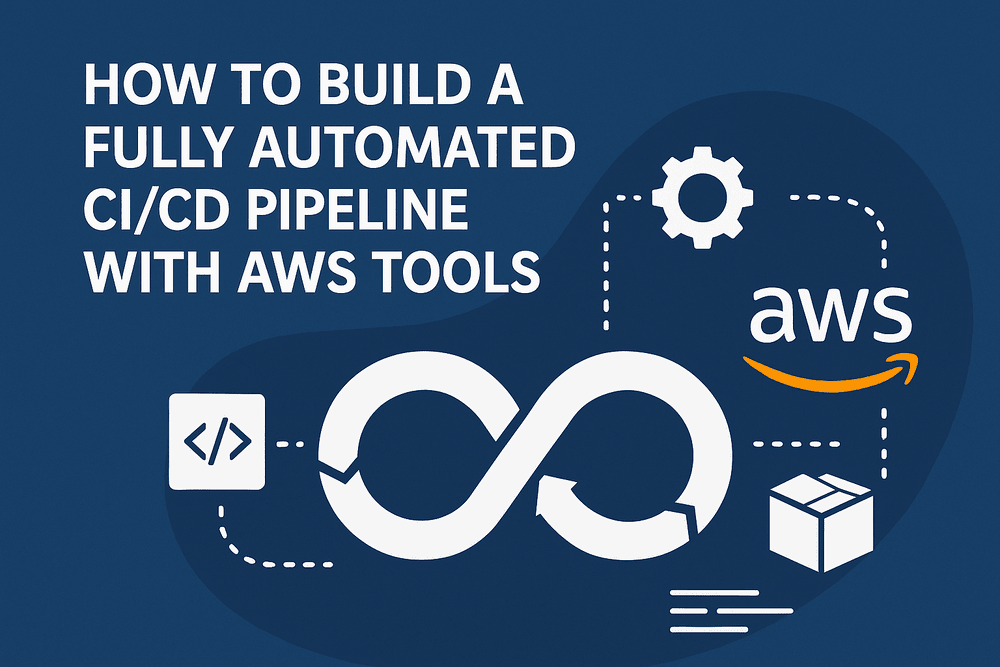As artificial intelligence continues to evolve, transformer models have become the gold standard for deep learning applications — powering everything from ChatGPT to automated fraud detection. However, developing and deploying these large-scale models isn’t a one-time event; it’s an ongoing process that requires robust infrastructure, data management, version control, and scalability. This is where MLOps (Machine Learning Operations) comes in.
MLOps Consulting Services play a vital role in helping enterprises operationalize AI efficiently. By integrating continuous integration, deployment, and monitoring pipelines, MLOps ensures that transformer model development services can be executed at scale — securely, consistently, and cost-effectively.
Understanding Transformer Models
Transformer models are deep learning architectures built on the principle of self-attention — allowing models to understand the relationships between words, images, or even time-series data without relying on sequence-based processing like RNNs or LSTMs.
Their success has led to breakthrough AI systems such as BERT, GPT, and T5, transforming how enterprises approach NLP (Natural Language Processing), vision-language tasks, and generative AI.
But as powerful as these models are, deploying them in production comes with challenges — including massive computational requirements, complex model versioning, and the need for continuous retraining. That’s where MLOps for transformer models becomes indispensable.
The Challenges of Managing Transformer Models at Scale
Managing transformer models isn’t just about training them; it’s about ensuring they perform consistently across environments and datasets. Key challenges include:
- High Computational Costs
Training and fine-tuning transformer models require extensive GPU resources and distributed computing frameworks. Without MLOps automation, this can lead to inefficiencies and cost overruns. - Versioning Complex Models
Transformer models often undergo frequent retraining and fine-tuning with new data. Tracking changes in weights, parameters, and data pipelines manually is impractical. - Data Drift and Model Decay
Over time, input data changes — causing performance degradation (known as model drift). Without continuous monitoring, these issues can lead to poor outcomes in production. - Deployment Complexity
Large models must be optimized for real-world inference, requiring model compression, quantization, and containerization to meet latency and cost targets. - Cross-Functional Collaboration
Data scientists, ML engineers, and DevOps teams need a unified workflow — which is exactly what MLOps Consulting Services help establish.
How MLOps Streamlines Transformer Model Deployment
MLOps provides a framework that automates and standardizes the entire lifecycle of transformer models — from data collection and training to deployment and monitoring. Let’s explore the major components that make it possible:
1. Automated Model Pipelines
MLOps pipelines automate repetitive tasks such as model training, evaluation, and deployment. For transformer models, these pipelines are designed to handle:
- Data preprocessing and feature extraction
- Distributed training on multiple GPUs or cloud nodes
- Hyperparameter tuning
- Model validation and benchmarking
By automating these steps, organizations reduce errors and accelerate model delivery from development to production.
Example: An enterprise leveraging transformer model development services can set up CI/CD pipelines using tools like Kubeflow, MLflow, or Vertex AI — ensuring new transformer model iterations are deployed seamlessly.
2. Continuous Integration and Continuous Deployment (CI/CD)
CI/CD in MLOps ensures that every code update, model improvement, or dataset change passes through automated testing and integration workflows.
For transformer models, this means:
- Automatic retraining when new data arrives
- Testing new model versions for accuracy and performance
- Seamless rollbacks to previous versions if issues arise
This reduces downtime and ensures that production models always reflect the latest, most accurate versions.
3. Monitoring and Performance Optimization
Monitoring transformer models in production is crucial to detect anomalies, drift, and latency issues.
MLOps frameworks track:
- Model accuracy and F1 scores over time
- Resource consumption and inference latency
- Data distribution changes
MLOps Consulting Services set up dashboards and alert systems for these metrics — allowing quick remediation and maintaining consistent performance.
4. Model Governance and Compliance
In regulated sectors like finance or healthcare, model explainability and compliance are non-negotiable.
MLOps introduces governance layers that maintain audit trails, model documentation, and reproducibility — ensuring that every deployed transformer model meets internal and external compliance standards.
These capabilities make MLOps a cornerstone for enterprise-grade transformer model development services.
5. Model Deployment and Scaling
Deploying large transformer models for real-time use requires advanced orchestration. MLOps supports:
- Containerized deployments (Docker/Kubernetes)
- API-based serving for apps and platforms
- Scalable inference using microservices or edge deployment
For instance, a mobile app development company integrating AI-powered chatbots can use MLOps to automatically scale backend transformer models based on user demand — optimizing cost and speed.
The Role of MLOps Consulting Services
Organizations often struggle to implement MLOps from scratch. This is where MLOps Consulting Services come in — providing end-to-end guidance on framework selection, architecture design, and workflow automation.
Key benefits include:
- Customized MLOps Frameworks: Tailored to your tech stack, data sources, and deployment goals.
- Infrastructure Optimization: Leveraging cloud services (AWS, GCP, Azure) efficiently.
- Cross-Department Alignment: Enabling smooth collaboration between data science and DevOps teams.
- Security & Compliance: Ensuring your AI workflows meet privacy and regulatory standards.
These services empower businesses to deploy transformer models faster and more securely while maintaining long-term scalability.
How MLOps Boosts Transformer Model Development Services
Transformer Model Development Services focus on building custom transformer architectures or fine-tuning existing ones like GPT, BERT, or T5 for enterprise use.
When integrated with MLOps:
- Model lifecycle management becomes automated
- Model reproducibility improves through version control
- Continuous learning loops allow transformers to evolve with new data
- Faster iteration cycles lead to quicker innovation
This synergy ensures enterprises maximize the ROI from their transformer-based AI investments.
Case Study Example: Transformer Model Deployment at Scale
Scenario:
A leading financial institution wanted to deploy a transformer model for real-time fraud detection.
Challenges:
- Handling massive volumes of transaction data
- Maintaining low-latency inference
- Continuous model updates for evolving fraud patterns
Solution:
The bank partnered with an MLOps Consulting Services provider who designed:
- An automated data ingestion and preprocessing pipeline
- Continuous retraining workflows using Kubeflow
- Cloud-based deployment with auto-scaling using Kubernetes
Outcome:
- Reduced model deployment time from weeks to hours
- Improved detection accuracy by 22%
- Achieved full audit compliance with explainable AI logs
This case highlights how MLOps bridges the gap between model innovation and real-world scalability.
Best Practices for Implementing MLOps for Transformer Models
- Adopt Modular Architecture: Separate data, training, and deployment components for flexibility.
- Integrate Early Monitoring: Include drift detection and automated retraining triggers.
- Leverage Cloud-Native MLOps Tools: Use services like AWS SageMaker, GCP Vertex AI, or Azure ML.
- Prioritize Security: Encrypt datasets and model checkpoints.
- Collaborate Across Teams: Ensure data engineers, ML experts, and DevOps align on shared pipelines.
By following these best practices, enterprises can ensure smoother integration of MLOps in transformer model development services.
The Future of MLOps in Transformer-Based AI
As generative AI continues to reshape industries, the demand for MLOps Consulting Services will skyrocket. Organizations will increasingly adopt automated retraining, data versioning, and self-healing AI pipelines — where models can autonomously improve based on feedback loops.
Moreover, with the rise of multi-modal transformers, MLOps will evolve to manage not just text or image models, but complex hybrid AI systems that blend vision, speech, and structured data — all orchestrated at scale.
Conclusion
Managing AI deployment at scale requires more than just great models — it demands a robust operational backbone. MLOps for transformer models provides that structure, automating the entire AI lifecycle while ensuring transparency, scalability, and governance.
For organizations partnering with a transformer model development services provider, integrating MLOps Consulting Services is no longer optional — it’s the key to sustained, enterprise-level AI success.












Leave a Reply